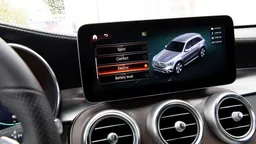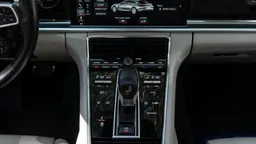Interested in this kind of news?
Receive them directly in your inbox. Delivered once a week.
Current EU legislation required the average new car to emit no more than 130 grams of CO2 per kilometre by 2015, with the limit for 2020-21 set at 95g. In a six-page contribution to the discussion about what the limit for 2025 should be, the ADAC has made a number of points that it wants to be taken into consideration.
One of them is that a continuation of the current emissions reduction trend would see a limit of 75g in 2025 (on the current NEDC test cycle). This is broadly in line with T&E and other environmental NGOs that say it should be 70g or lower if road transport is to make a proportionate contribution to EU climate change targets. For ADAC, future fleet targets have to be calculated on a well-to-wheel approach to include CO2 emissions used in the energy fuelling the car.
The ADAC further says the 2025 target has to be based on the Worldwide harmonised Light-duty Test Procedure (WLTP), and not on the current EU testing system which stands accused of giving test readings of emissions that are well below real-world driving conditions. The WLTP is due to replace the current EU testing procedure in 2017 or 2018.
The ADAC reserves its biggest criticism for the current ‘supercredits’ system, under which a carmaker can give greater weight in calculating its overall emissions average to the value of vehicles emitting less than 50 g/km. It says such credits are a disadvantage to motorists who cannot afford a low-emissions car, and says ‘they do not in any way’ lead to increased sales of electric vehicles.
The car club also calls for CO2 standards for trucks, citing the upward trend of a third of road transport emissions being generated by lorries.
T&E clean vehicles and e-mobility officer Julia Hildermeier said: ‘The ADAC support for ambitious 2025 standards is extremely welcome. It shows that more fuel-efficient cars are good for drivers and the environment. The message is getting through that the average car consumer is not helped by carmakers trying to slow down the process of reducing CO2 emissions. And it is good that a car drivers’ association has added weight to calls for lorries to be subjected to new emissions controls.’


